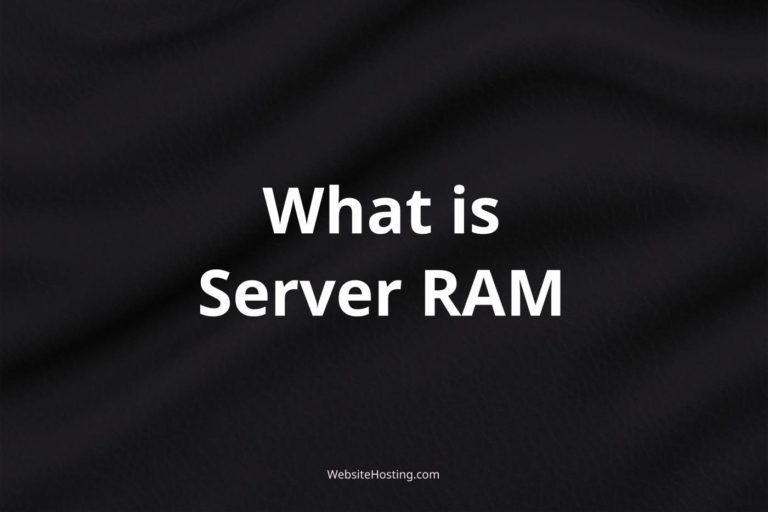Data packets are fundamental building blocks of the internet. They are the basic units of information that are sent and received across computer networks.
In this article, we will explore what data packets are, how they work, and why they are important.
What Are Data Packets?
A data packet is a small unit of data that is transmitted over a network.
It contains both the data being transmitted and information about the data, such as the source and destination addresses, the sequence number, and the size of the packet.
Data packets are used to send and receive information across computer networks, including the internet.
How Do Data Packets Work?
When data is sent over a network, it is broken up into small packets.
Each packet contains a portion of the data being transmitted, as well as the necessary information to route the packet to its destination.
The packets are then sent over the network individually and reassembled at the destination.
Why Are Data Packets Important?
Data packets are important because they allow information to be sent and received across computer networks in an efficient and reliable way.
By breaking up data into small packets, networks can better handle high volumes of traffic and route packets more efficiently.
Additionally, by including information about the data being transmitted, packets can be delivered to their intended destination even if there are errors or congestion on the network.
Related Terms: Network Protocol, Internet Protocol (IP), Transmission Control Protocol (TCP), User Datagram Protocol (UDP), Packet Loss, Packet Sniffing, Router, Switch, Network Congestion, Bandwidth.
Related Brands: Cisco, Juniper Networks, HP, Dell, IBM.
FAQ:
What is a data packet in networking?
A data packet is a small unit of data that is transmitted over a network.
How do data packets work?
When data is sent over a network, it is broken up into small packets. Each packet contains a portion of the data being transmitted, as well as the necessary information to route the packet to its destination.
What information is included in a data packet?
A data packet includes information about the data being transmitted, such as the source and destination addresses, the sequence number, and the size of the packet.
What is the importance of data packets in networking?
Data packets allow information to be sent and received across networks in an efficient and reliable way, by breaking up data into small packets and including information about the data being transmitted.
How do networks handle packet loss?
Networks use techniques such as error correction and retransmission to handle packet loss and ensure that packets are delivered to their intended destination.




